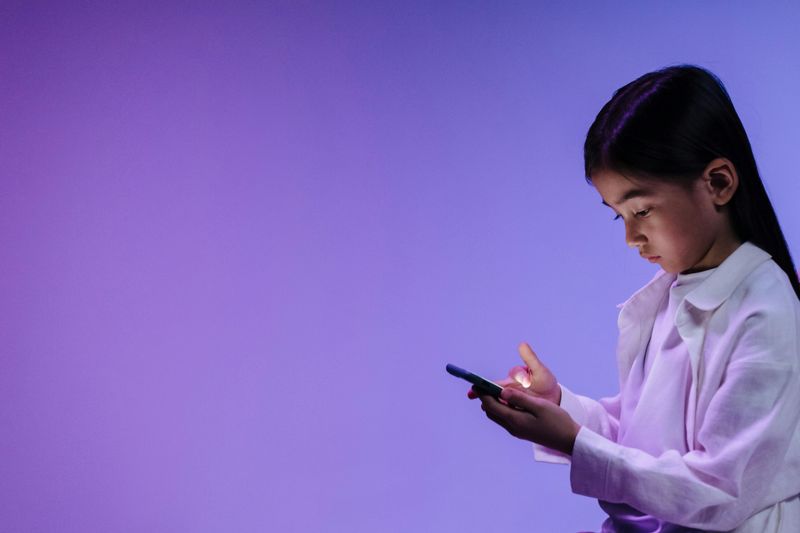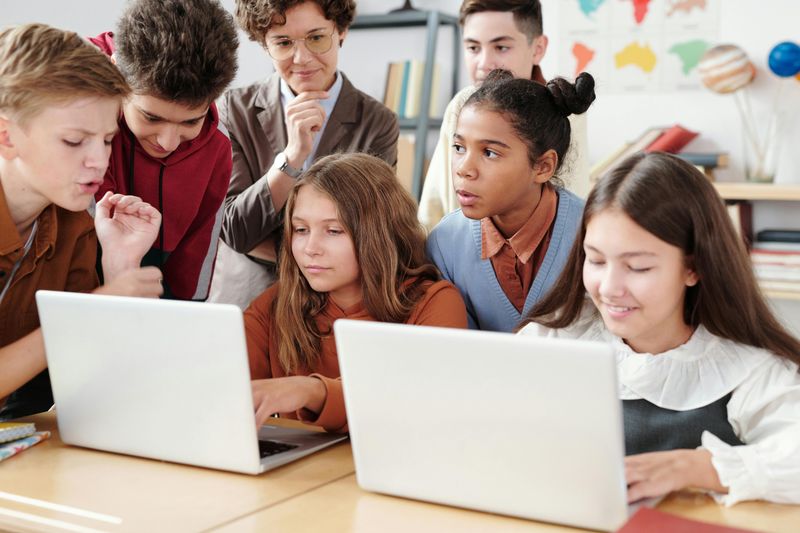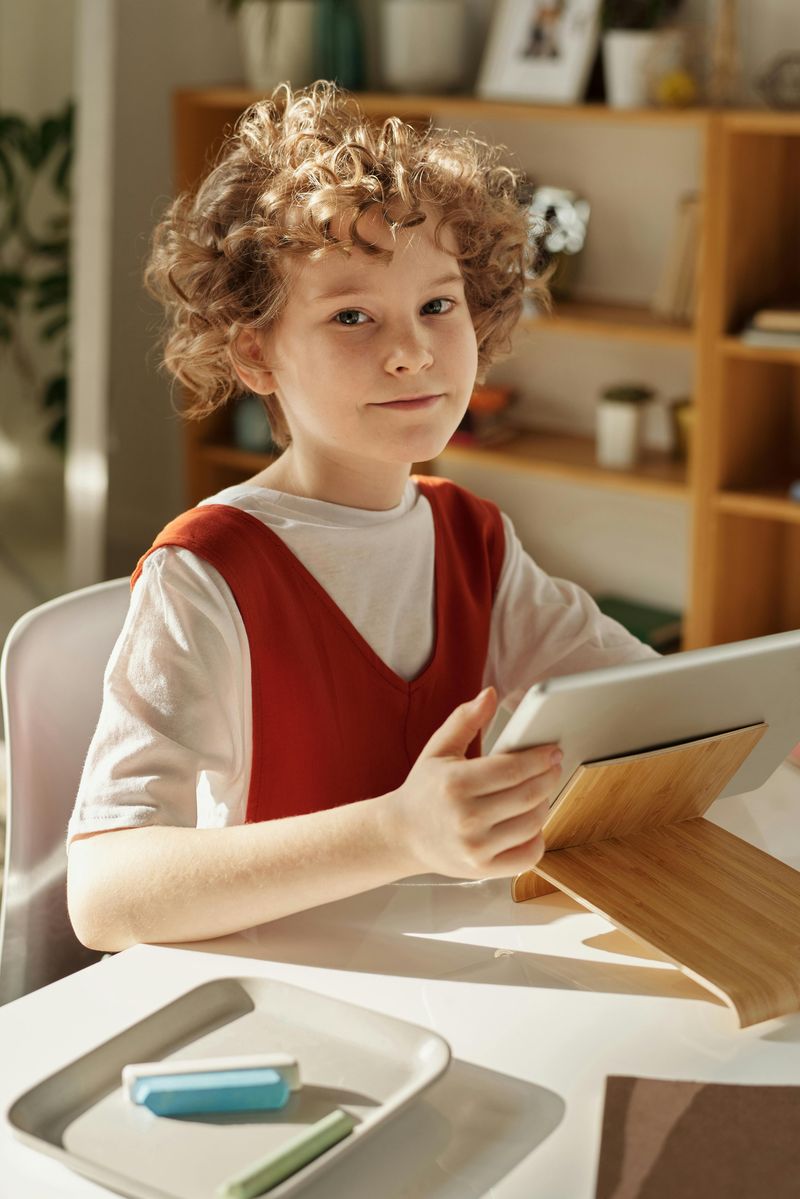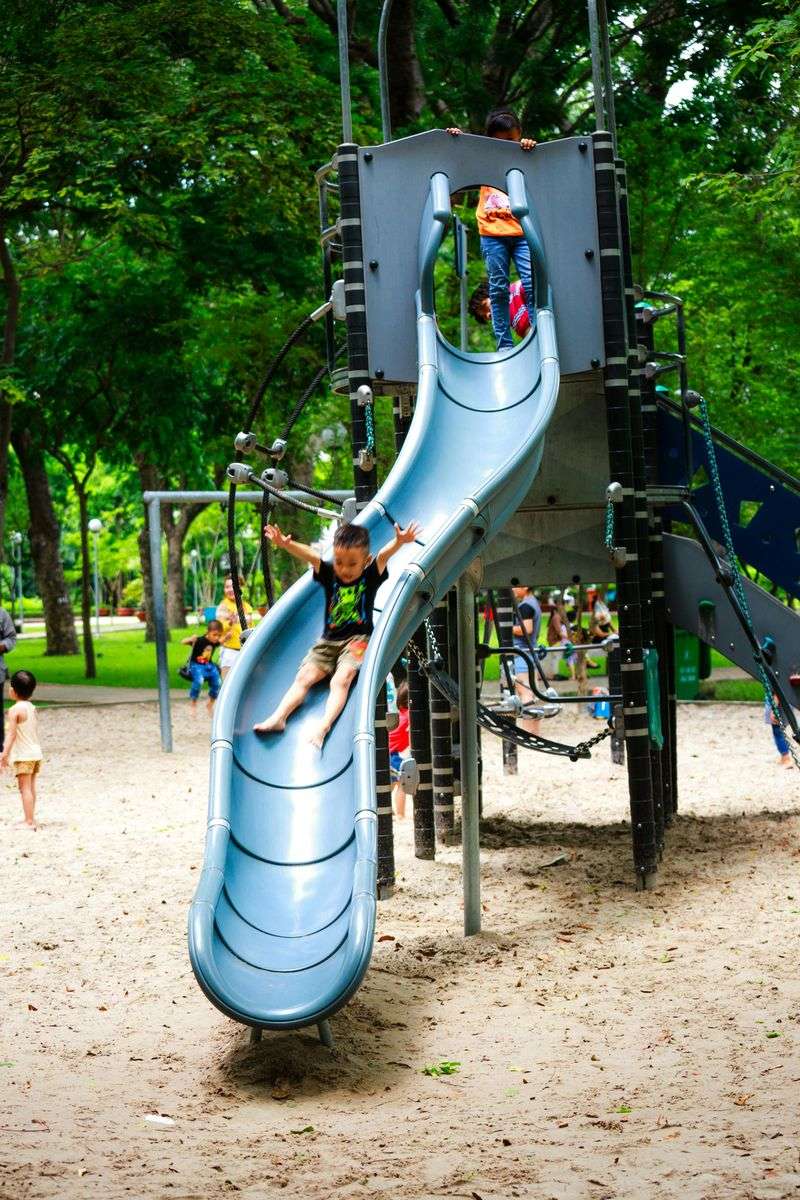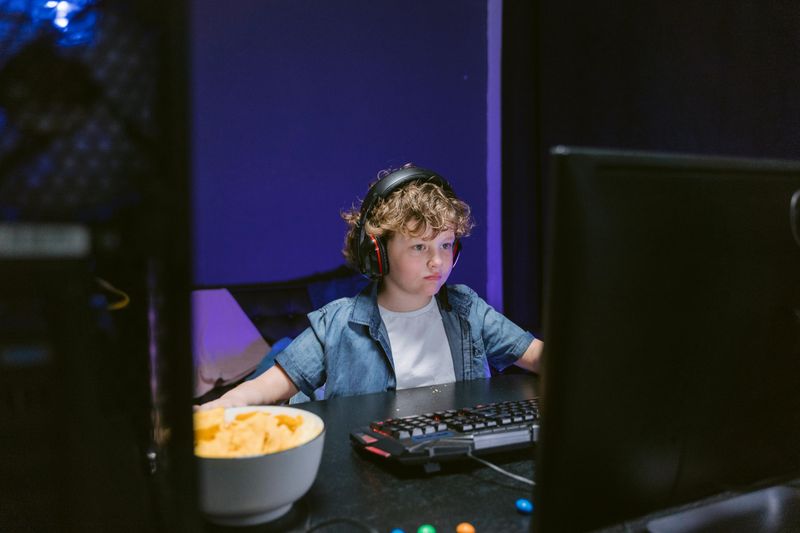Remember when playing outside until dark was the norm and encyclopedia sets were treasured possessions? The world our children navigate today looks vastly different from the one we knew growing up. Technology, safety concerns, and changing social norms have transformed childhood experiences in profound ways. Let’s explore how growing up today compares to the childhoods of previous generations.
1. Digital Natives vs. Analog Explorers
Today’s children operate tablets before they can tie their shoes. They navigate apps with instinctive ease, while their grandparents recall childhoods filled with makeshift toys and imagination-driven adventures.
For past generations, technology meant radio programs or the family’s first color TV. Children waited all week for Saturday morning cartoons – a stark contrast to today’s on-demand streaming world.
Modern kids develop digital literacy alongside traditional skills, creating a fundamentally different relationship with information and entertainment than any previous generation experienced.
2. Indoor Screen Time Replaces Outdoor Adventures
Remember climbing trees until dinner time? Today’s children spend an average of 7 hours daily on screens, while kids from previous decades spent similar amounts of time outdoors exploring neighborhoods.
Neighborhood streets once filled with bicycle races and improvised ball games now sit eerily quiet as virtual playgrounds have replaced physical ones. Parents who once shouted “Be home before dark!” now negotiate screen time limits instead.
The freedom to roam has shrunk dramatically – modern children’s physical territories are roughly 90% smaller than those enjoyed by kids in the 1970s.
3. Texting Replaces Face-to-Face Chats
Passing notes in class has evolved into instant messaging platforms where kids maintain multiple conversations simultaneously. Social interactions now happen through screens rather than across backyard fences or school cafeteria tables.
Previous generations mastered the art of reading facial expressions and navigating in-person social dynamics from an early age. They arranged meetups by knocking on doors or using family landlines, requiring advance planning.
Modern children develop different communication skills – they’re often more comfortable expressing themselves through text and emojis than handling impromptu face-to-face conversations.
4. Entertainment Overload vs. Simple Pleasures
The entertainment buffet available to modern kids would astonish children from the past. With millions of videos, games, and shows available instantly, today’s children rarely experience boredom – but may struggle with decision fatigue.
Previous generations treasured limited options – the neighborhood’s single TV channel, weekly comic books, or radio programs. Special shows were genuine events families gathered around, creating shared cultural moments.
When entertainment options were limited, children developed patience and anticipation that today’s on-demand world rarely requires.
5. High-Tech Learning vs. Chalk and Textbooks
School assignments now involve Google Docs instead of notebook paper. Modern classrooms feature interactive smartboards, 1:1 device programs, and educational apps that provide instant feedback and personalized learning paths.
Their counterparts from decades past carried heavy textbooks and used physical encyclopedias for research projects. Information access required physical trips to libraries and manual searches through card catalogs.
The skills being taught have transformed, too. Coding classes have replaced typing courses, while research now focuses on evaluating online sources rather than finding relevant books.
6. Helicopter Parenting vs. Free-Range Childhood
“See you at dinner!” Parents once called this simple phrase as children disappeared into neighborhoods for hours of unsupervised play. Kids navigated their communities independently, walking to school and managing their own conflicts.
Modern children experience significantly more adult supervision. GPS tracking apps, scheduled playdates, and constant digital connection keep parents informed of their children’s whereabouts and activities throughout the day.
While today’s approach may enhance safety, children have fewer opportunities to develop independence, risk assessment, and problem-solving skills on their own terms.
7. Virtual Friendships vs. Neighborhood Crews
Friendships now transcend geography. Modern kids maintain connections with peers across town or around the world through gaming platforms, social media, and video calls – often having never met in person.
Contrast this with previous generations whose social circles were largely determined by physical proximity. The kids on your block or in your classroom formed your primary social network, creating intensely local but deeply rooted connections.
Both approaches offer unique benefits. Today’s children access diverse perspectives beyond their immediate community, while past generations developed deep bonds through shared physical experiences and face-to-face conflict resolution.
8. Fast Fashion Trends vs. Practical Hand-Me-Downs
Fashion consciousness starts remarkably early now. Elementary schoolers follow influencer trends, while retail giants produce child versions of adult styles that change seasonally.
Previous generations wore practical clothing often sewn at home or passed down through siblings. Special outfits were reserved for holidays and special occasions, with everyday wear chosen for durability rather than style.
The contrast reflects broader economic and cultural shifts. Today’s children grow up as conscious consumers in a marketing-saturated environment, while past generations experienced clothing primarily as a practical necessity rather than self-expression.
9. Scheduled Activities vs. Unstructured Free Time
Family calendars now overflow with soccer practices, coding camps, piano lessons, and tutoring sessions. Modern childhoods often resemble carefully curated resumes with activities selected to develop specific skills or enhance college applications.
Past generations experienced more unstructured time to create their own games and discover interests organically. After-school hours and summers provided extensive periods of self-directed play without adult orchestration.
The activity-packed schedules of today offer exposure to diverse experiences but leave little room for boredom – the state that historically sparked creativity and self-discovery in countless childhood afternoons.
10. Safety-First Culture vs. Reasonable Risk
Playgrounds have transformed dramatically – gone are the towering metal slides and merry-go-rounds that delighted (and occasionally injured) previous generations. Modern play equipment prioritizes safety with impact-absorbing surfaces and limited heights.
Children once rode bikes without helmets, traveled in cars without special seats, and walked to school unaccompanied. Skinned knees were considered normal childhood experiences rather than preventable accidents.
Today’s safety consciousness has significantly reduced childhood injuries but may limit opportunities for children to assess risks independently and build resilience through overcoming small challenges.
11. Instant Information vs. Research Skills
“Hey Google” has replaced “Let’s look it up” as children’s pathway to knowledge. Questions that once required library visits are now answered in seconds through voice assistants and search engines.
Previous generations developed research skills by necessity. Finding information meant understanding library systems, using reference materials, and consulting knowledgeable adults – processes that built patience and critical thinking.
Modern children access more information but may develop different relationships with knowledge itself. The challenge has shifted from finding facts to evaluating reliability in an age where information overwhelm replaces information scarcity.
12. Processed Convenience vs. Home-Cooked Meals
Lunchables, fruit snacks, and microwaveable meals form dietary staples for many modern kids. Busy family schedules and food marketing have normalized convenience foods specifically designed to appeal to children’s taste preferences.
Previous generations typically ate what adults ate – home-prepared meals made from less processed ingredients. Fast food was an occasional treat rather than a regular dietary component.
13. Digital Fame Dreams vs. Traditional Aspirations
Ask children today about career aspirations and many will answer “YouTuber” or “influencer” – jobs that didn’t exist a generation ago. Their role models often include content creators who’ve built personal brands through social media platforms.
Children of previous eras typically aspired to become teachers, doctors, firefighters or other visible community professionals they encountered in daily life. Their ambitions reflected occupations they could directly observe and understand.
Both sets of dreams reflect the economic and social realities of their times. Modern children intuitively understand digital creation’s value in today’s economy, just as past generations recognized stable traditional professions.



